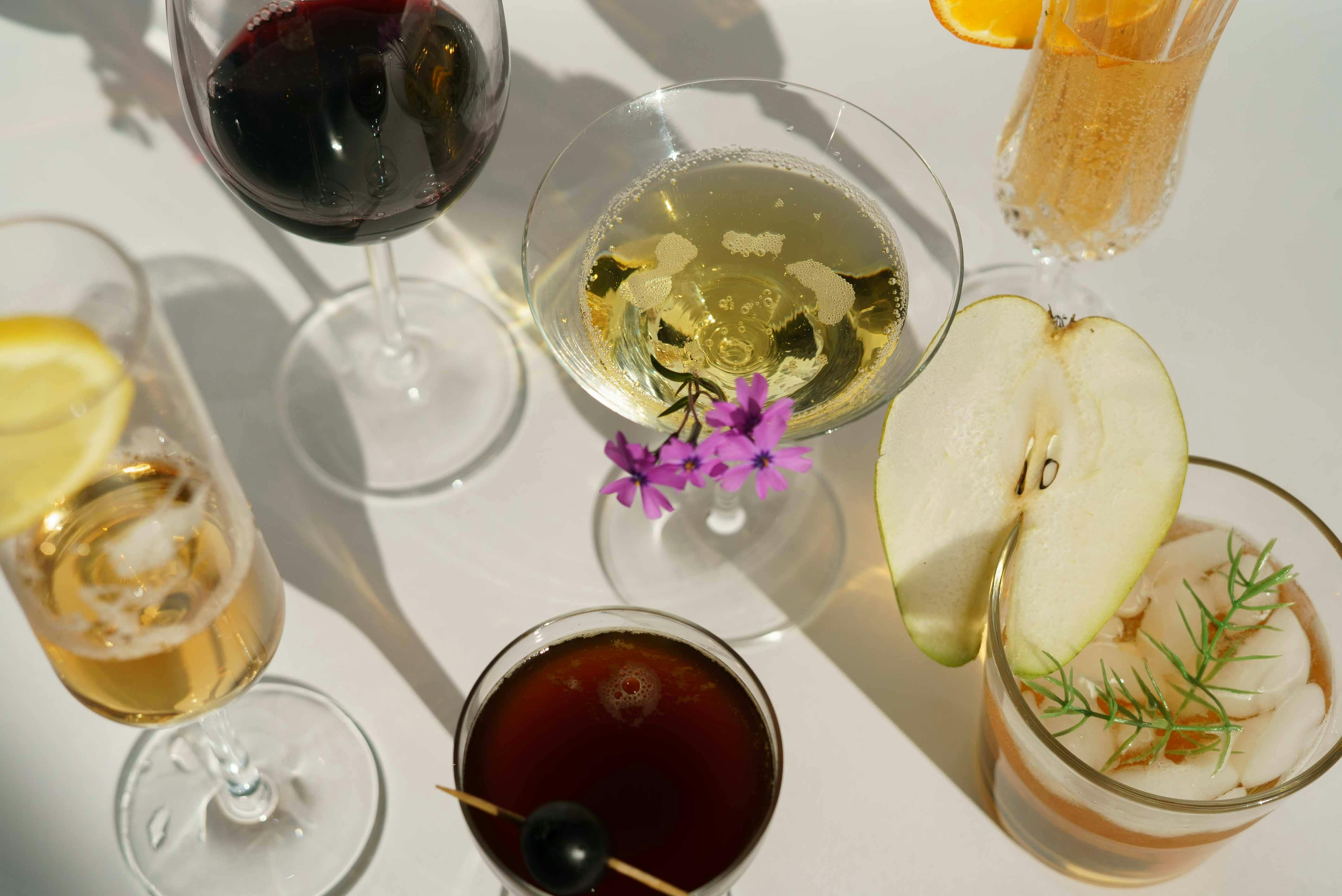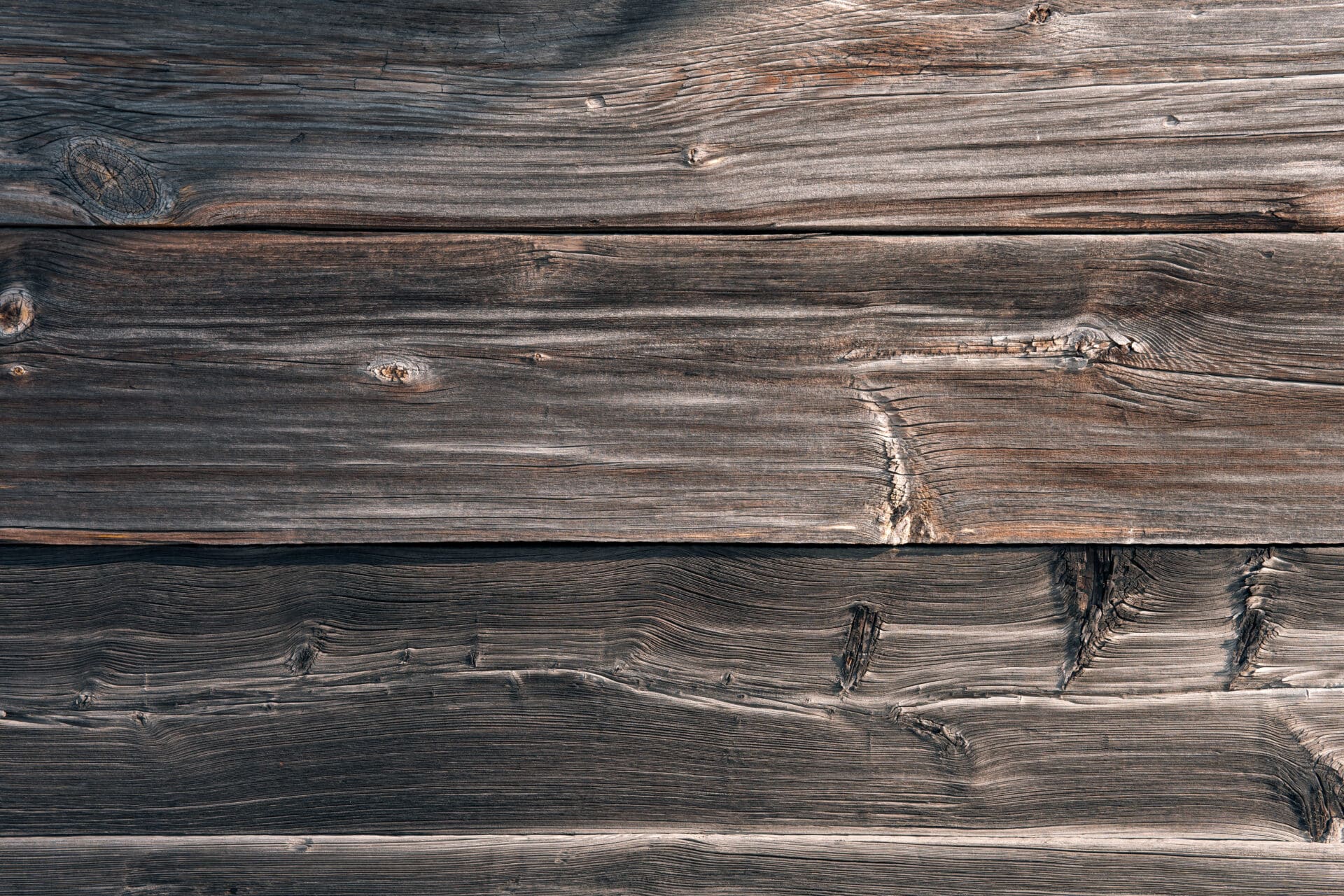Distilling gin from scratch is a rewarding and creative experience. Making your own gin allows you to customize the flavor profile to your exact taste and preferences. With the right equipment and ingredients, you can produce a high-quality spirit in the comfort of your own home. In this guide, we’ll discuss the process of distilling gin from scratch and provide you with step-by-step instructions on how to do it yourself.In order to distill gin from scratch, you will need a few essential items:
1. A still – This can be either a pot still or a reflux still.
2. Juniper berries – These are the main flavoring component of gin.
3. Other botanicals – These can include things like coriander, angelica root, and citrus peel for flavor and aroma.
4. Grain Neutral Spirits (GNS) – This is what you will be distilling to make the gin. It should be distilled from grains like corn or wheat and have an ABV of at least 95%.
5. A hydrometer – This allows you to measure the ABV of your distillate so that you know when it is finished distilling.
6. Distilling thermometer – This allows you to monitor the temperature of the still during the distillation process, which is important for flavor and quality control.
7. Bottles and labels – Once your gin is finished, it’s time to get it bottled up! Make sure to purchase bottles that are designed for spirits, and don’t forget labels!
What Kind of Still You Need for Distilling Gin?
Distilling gin requires a special kind of still, which is designed specifically for the distillation process. The most common type of still used for gin is a pot still, which is a large copper vessel that is heated to boil the liquid and capture the steam. The steam then passes through a condenser, where it is cooled and condensed into liquid form. This liquid can then be collected and bottled as gin. It’s important to note that pot stills are not suitable for large-scale production, as they produce relatively small batches of gin.
Another type of still used for distilling gin is a column still, which consists of several tall columns arranged in series. These columns are heated from the bottom up, allowing the vapors to pass through them and be condensed into liquid form. Column stills are much more efficient than pot stills and can produce much larger batches of gin in a shorter period of time.
It’s also important to consider the materials that your still should be made from when distilling gin. Copper is the preferred material due to its ability to conduct heat evenly and efficiently, while also being
Preparing the Botanicals for Your Gin
The process of making gin involves infusing alcohol with botanicals, and there are a few steps that need to be taken to ensure that your gin has the best flavor. Preparing the botanicals for your gin is an important step that should not be overlooked. Here is how you can prepare the botanicals for your gin.
First, you will need to gather all of the botanicals that you would like to include in your gin. This could include herbs, spices, fruits, and other flavorings. Once you have all of your ingredients gathered, you will need to decide how much of each ingredient you want to add. You can use a recipe as a guide or you can experiment with different amounts until you find a combination that suits your taste.
Next, you will need to grind or chop up the botanicals into smaller pieces so that they can more easily infuse into the alcohol. If possible it is best to grind them in a coffee grinder or mortar and pestle so that they are broken down into finer particles and have more surface area for infusion
Adding the Botanicals to the Still
Adding botanicals to the still is an important part of the process of making gin. Botanicals are typically made up of a variety of herbs, spices, and other plant-based ingredients that are used to impart flavor and aroma to the spirit. Each gin has its own unique blend of botanicals, so it’s important to be mindful when selecting and adding them to your still.
When adding botanicals to the still, it’s important to use a measured amount that will achieve the desired flavor profile. Too much or too little may affect the flavor in a negative way. It’s also important not to overheat them as this can cause them to lose their potency. It’s best practice to add botanicals during the second distillation, which takes place at lower temperatures than the first. This allows for more subtle flavors and aromas to be extracted from the ingredients.
The method for adding botanicals varies depending on which type of still is being used. For a traditional copper pot still, botanicals should be added directly into the neck of the pot before distillation begins. When using a column
Heating the Botanicals
The process of creating gin begins with heating the botanicals. This is done by submerging them in a copper pot still and heating them at an appropriate temperature. The heated botanicals release their oils, which are then collected and mixed with a grain-based neutral spirit. This combination of oils and neutral spirit is then distilled, resulting in a flavorful gin.
Distilling the Gin
Once the botanicals have been heated, it is time to begin distilling the gin. The distillation process involves passing the heated mixture of botanicals and neutral spirit through a still, where it is heated to a specific temperature and allowed to cool. This process separates the alcohol from the other components of the mixture, resulting in a purer form of gin. The distillation process also allows for a greater concentration of flavor compounds, resulting in a more intense flavor profile than can be achieved through other methods. After distillation, the gin is ready to be bottled and enjoyed.

Collecting the Distilled Gin
The process of collecting distilled gin begins with distilling the botanicals. This process involves taking the botanicals, such as juniper, coriander, and citrus peels, and steeping them in a base spirit such as vodka or grain alcohol. The mixture is then heated to evaporate the alcohol and extract the aromatic compounds from the botanicals. The resulting product is a fragrant, flavorful gin that is ready for bottling and distribution.
Once the gin has been distilled, it must be collected in order to be bottled and sold. Collecting gin involves transferring it from the still into an appropriate container for storage or sale. This can be done using a variety of methods depending on the type of still being used and the volume of gin being produced. Some stills may use pumps to transfer the liquid while others may use gravity or even manual labor to move it from one container to another.
Once collected, the gin must then be filtered in order to remove any impurities or sediment that may have been introduced during distillation. This filtering process can
Monitoring Temperature During Distillation
Distillation is the process of separating a mixture of liquids by their boiling points. Monitoring the temperature during this process is essential for achieving the desired results. In order to do this, the distiller must use accurate instruments and proper technique to ensure a successful outcome. The most commonly used instruments for measuring temperature during distillation are thermometers, thermocouples and thermistors.
Thermometers are one of the most common instruments used for monitoring temperature during distillation. They are typically made from glass or metal and filled with mercury or alcohol, which expand when heated and contract when cooled. These changes in volume indicate the temperature reading on the scale of the instrument. Thermometers can be used to measure temperatures ranging from -50°C up to 500°C, making them ideal for monitoring temperatures during distillation processes.
Thermocouples are another instrument used for measuring temperatures during distillation processes. They consist of two different metals that have been joined together at one end, forming an electrical circuit. When heated, a small voltage is produced that can be measured using a voltmeter or other device capable of measuring small voltages
Adjusting Heat During Distillation
Adjusting the heat during the distillation process is one of the most important aspects of producing a high-quality distillate. The heat level needs to be carefully monitored and adjusted throughout the entire process, as it can have a significant impact on the quality of the final product. Properly controlling the heat can help ensure that all of the desired compounds are extracted from the source material, while minimizing any unwanted compounds that may have been present.
When adjusting the heat during distillation, it is important to understand what type of still is being used and how it works. For example, traditional pot stills use direct flame to heat up and vaporize spirits, while column stills use indirect steam to do this. It is necessary to understand this difference in order to properly adjust and control the temperature for each type of still.
The temperature should be gradually increased during distillation in order to extract all of the desired compounds from the source material. This is done by gradually increasing or decreasing the flame or steam used to heat up and vaporize spirits. It is important not to increase or decrease too quickly, as

Conclusion
Distilling your own gin from scratch is a rewarding and creative process. You can tailor the ingredients to suit your tastes and create a truly unique spirit. Distilling gin at home can be complicated and dangerous, but with the right equipment and knowledge, you can safely and successfully make your own gin. It’s an enjoyable process that lets you experiment with different botanicals to create something special.
Whether you’re a novice or experienced distiller, making your own gin is an enjoyable experience. You can experiment with different flavors and aromas to create a truly unique spirit that you can be proud of. With the right equipment and knowledge, you can distill your own gin safely and easily at home. So why not give it a try?

